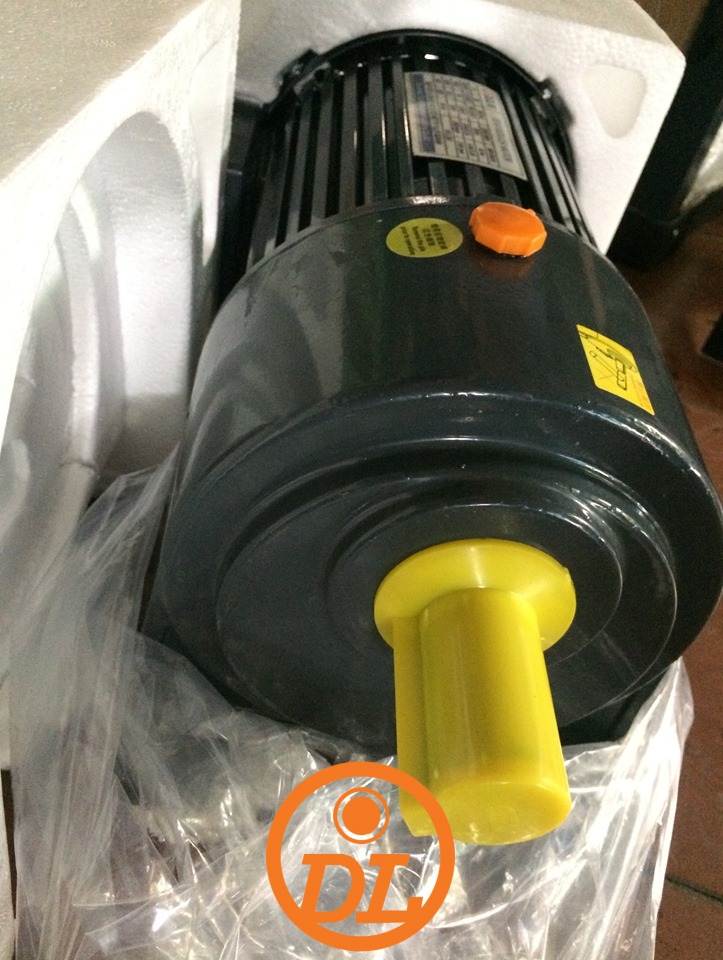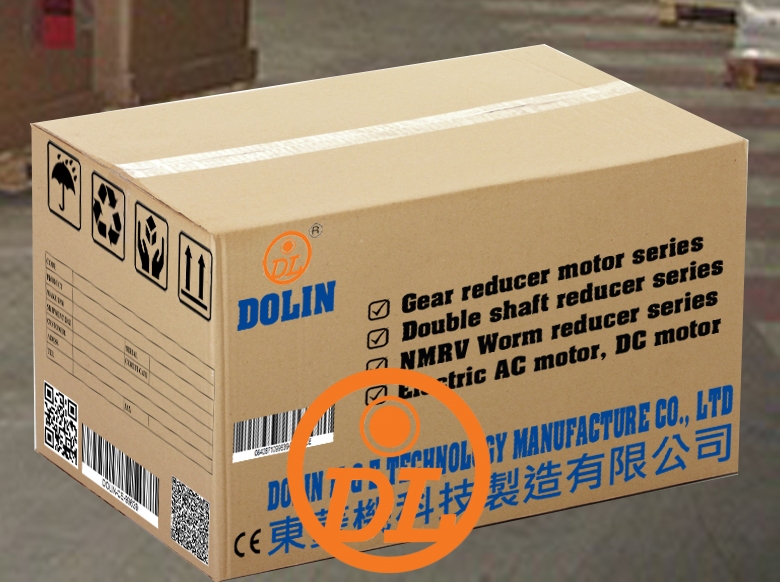- Home
- /
- News
- /
- Industry News
Worm Gears – Applications & Uses

A worm gear (or worm drive) is a specific gear composition in which a screw (worm) meshes with a gear/wheel similar to a spur gear.
The set-up allows the user to determine rotational speed and also allows for higher torque to be transmitted. This mechanism can be found in devices both at home and in heavy machinery; the simplest form evident in the tuning mechanism of an acoustic guitar.
There are three different types of worm gear:
Non-throated – this involves a straight worm without a groove machined around the circumference. A single moving point is what provides tooth contact, meaning this particular type of worm gear is subjective to high unit load wear and tear.
Single-throated – concave helical teeth are wrapped around the worm for line contact, meaning higher unit loads with less excessive wear.
Double-throated – usually called a cone of hourglass, this type has concave teeth on both the worm screw and the gear itself. Increasing the contact area in such a way allows for increased unit loads with lower wear and tear.
Applications of Worm Gears
Tuning Instruments – most guitars, basses, banjos and other stringed instruments use a worm gear for the tuning mechanism to work. The gear’s force reduction is the main reason for this, coupled with the locking capability that keeps the desired string tightness in place. This type of worm gear is different to most as you can tune both up and down; whereas most worm gears can only be turned in one direction.
Elevators/Lifts – worm gears can often be found in the machinery of common elevators/lifts because of their compact size and non-reversible properties.

As the gear/load cannot transmit motion back through the worm/hoist, using this type of gear can act as a secondary braking system. This means the load cannot free fall and load speed is easily regulated.
Torsen Differentials – Large trucks or off-road vehicles, such as the Hummer, often need to deliver different amounts of torque to the each wheel, depending on what action the vehicle is performing.
For example, wheels need to spin at different speeds whilst turning a corner as the inside wheels travel a shorter distance. A vehicle’s torsen differential will handle this movement via a combination of worms and worm gears that separate each individual wheel’s performance.

Gates and Conveyor Belts – Typical worm drives can only be turned in one direction, which means that conveyor belts and security gates lock-up when not being used and will not run backwards. Automatic security gates will often adopt two worm drives, one to open and another to close. This means the gate can be locked in each direction and cannot be breached or forced.
There are three different types of worm gear:
Non-throated – this involves a straight worm without a groove machined around the circumference. A single moving point is what provides tooth contact, meaning this particular type of worm gear is subjective to high unit load wear and tear.
Single-throated – concave helical teeth are wrapped around the worm for line contact, meaning higher unit loads with less excessive wear.
Double-throated – usually called a cone of hourglass, this type has concave teeth on both the worm screw and the gear itself. Increasing the contact area in such a way allows for increased unit loads with lower wear and tear.
Applications of Worm Gears
Tuning Instruments – most guitars, basses, banjos and other stringed instruments use a worm gear for the tuning mechanism to work. The gear’s force reduction is the main reason for this, coupled with the locking capability that keeps the desired string tightness in place. This type of worm gear is different to most as you can tune both up and down; whereas most worm gears can only be turned in one direction.
Elevators/Lifts – worm gears can often be found in the machinery of common elevators/lifts because of their compact size and non-reversible properties.

As the gear/load cannot transmit motion back through the worm/hoist, using this type of gear can act as a secondary braking system. This means the load cannot free fall and load speed is easily regulated.
Torsen Differentials – Large trucks or off-road vehicles, such as the Hummer, often need to deliver different amounts of torque to the each wheel, depending on what action the vehicle is performing.
For example, wheels need to spin at different speeds whilst turning a corner as the inside wheels travel a shorter distance. A vehicle’s torsen differential will handle this movement via a combination of worms and worm gears that separate each individual wheel’s performance.

Gates and Conveyor Belts – Typical worm drives can only be turned in one direction, which means that conveyor belts and security gates lock-up when not being used and will not run backwards. Automatic security gates will often adopt two worm drives, one to open and another to close. This means the gate can be locked in each direction and cannot be breached or forced.
Key: Vertical 3 Phase ac induction motors, electric motor, Vertical Inverter Duty motor, DC Brake motor Oil Pressure Motor, helical gear motor, AC mini Induction DC gear motor, Gear reducer motor series, NMRV NRV worm reducer series, Worm reducer series, Horizontal Inverter duty, worm gear series, ac motor, vertical gearmotor, helical horizontal gearmotor, gear reduce motor, bevel gearmotor, Worm Gears, cyclo gear motor, NMRV gear motor, worm reducer
Newer articles
- Calculating Power Factor (05/09/2019)
- All you need to know about gear motors and their components (01/11/2019)
- AC Gear Motors: Leveraging Torque-Boosting Power (31/10/2019)
- Planetary Speed Reducer Working Principle and Applications (05/11/2019)
- Defining motor service factor (02/09/2019)
- Gear Reduction. A familiar term to many, but what does it actually mean? (05/08/2019)
- Brake Motors function (02/08/2019)
- What is a Motor Service Factor? (02/08/2019)
- What You Need to Know about "Service Factor" (31/07/2019)
- How to Select a Gearmotors (01/10/2019)
Older articles
- How to select the best type of gear reducer (31/01/2019)
- How do gearmotors impact reflected mass inertia from the load? (06/05/2019)
- What is Service Factor and How is it Used? (31/07/2019)
- Why use a gearbox with a stepper motor? (14/07/2019)
- What are DC Motors Usually Gear Motors (21/06/2019)
- 5 tips prior to designing the gear motors (22/06/2019)
- Benefits to Using Dolin gear motors (01/05/2019)
- Understanding IP Ratings (30/01/2019)
- Coupling Types for Different Applications (01/04/2019)
- The Common Industrial Applications of Worm Gear Motors (30/11/2018)





Join